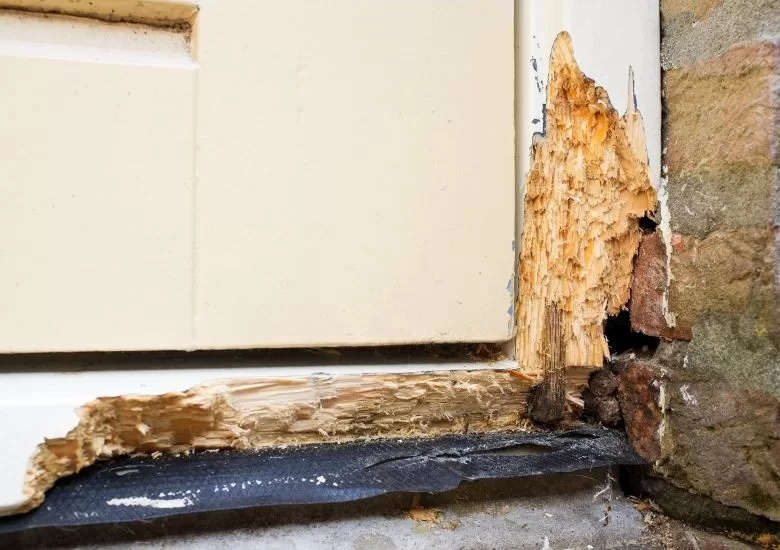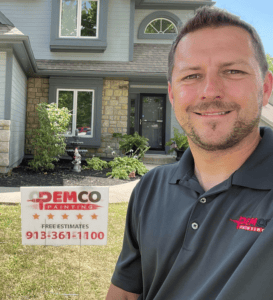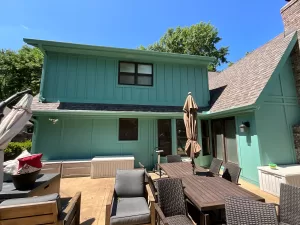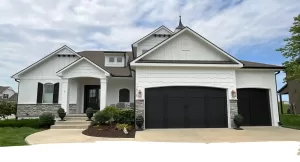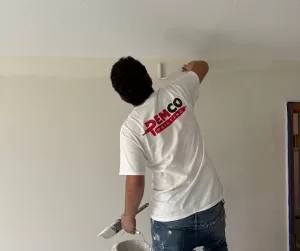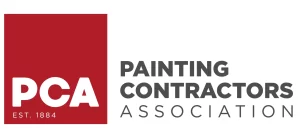Wood rot is a common issue that can severely impact the structural integrity and appearance of your home. Learning how wood rot spreads is essential for protecting your property and addressing damage before it becomes a costly problem. This type of decay is caused by fungi that thrive in moist environments, breaking down the cellulose and lignin that give wood its strength. Once wood rot starts, it can quickly spread, especially in areas exposed to constant moisture or poor ventilation.
Understanding how wood rot spreads will help you identify early warning signs and take action before the damage worsens. Whether it’s found in your home’s siding, trim, decking, or other wooden components, it’s important to know when to call a professional for repairs. Acting quickly not only saves money but also ensures the safety and longevity of your home’s structure. In this article, we’ll explore the process of wood rot, how it spreads, and when it’s time to seek expert help.
The Science Behind Wood Rot
Wood rot occurs when fungi invade wood fibers under specific conditions. For these fungi to thrive, they need three key elements: moisture, oxygen, and a food source (wood). When wood becomes damp and remains wet for extended periods, it creates the perfect environment for fungal growth.
The most common types of wood rot are:
Brown Rot
Often called “dry rot,” brown rot causes the wood to shrink and crack into cube-like patterns. Despite its name, it requires moisture to spread.
White Rot
This type of rot gives wood a spongy texture and lighter color. It typically spreads more slowly than brown rot but still causes significant damage.
Soft Rot
Found in extremely damp environments, soft rot spreads more slowly but can affect wood that other fungi can’t.
Each of these types of rot weakens wood over time, making it susceptible to further damage and decay.
How Wood Rot Spreads
Wood rot spreads through fungal spores that travel in the air. When these spores land on damp wood, they begin to grow and feed on the cellulose and lignin. Over time, the fungi produce enzymes that break down the wood’s structure, causing it to weaken and deteriorate.
Here are the key factors that influence how wood rot spreads:
- Moisture Levels: High humidity, leaks, or poor drainage can create the damp conditions fungi need to thrive. Once wood becomes saturated, the rot can spread rapidly.
- Temperature: Fungi grow best in moderate temperatures, typically between 40°F and 100°F.
- Air Circulation: Poor ventilation traps moisture, creating an ideal environment for fungal growth. This is especially common in crawl spaces, basements, and attics.
- Proximity to Other Wood: Rot can easily spread from one piece of wood to another, particularly if they’re in direct contact.
- Neglected Maintenance: Cracked paint, unsealed wood, and clogged gutters can expose wood to moisture, accelerating the spread of rot.
Signs of Wood Rot
Identifying wood rot early is critical to stopping its spread. Look for these signs around your home:
- Discoloration: Wood affected by rot may appear darker, lighter, or have a greenish hue.
- Softness: Rotten wood feels soft and spongy when pressed.
- Cracking: Brown rot often causes wood to crack in a checkerboard pattern.
- Fungal Growth: Look for white, black, or gray patches that may indicate active fungal colonies.
- Musty Odor: A damp, earthy smell is often a sign of rot in hidden areas.
When to Call a Professional for Repairs
While minor wood rot can sometimes be addressed with DIY repairs, extensive damage or rot in structural components should always be handled by a professional. Here are some scenarios where calling an expert is essential:
- Structural Damage: If the rot has spread to load-bearing beams, floor joists, or other critical areas, professional repairs are necessary to ensure safety.
- Extensive Decay: When rot affects large areas or multiple components, a professional can assess the full extent of the damage and provide a comprehensive solution.
- Hard-to-Reach Areas: Rot in attics, crawl spaces, or behind walls may require specialized tools and expertise to address.
- Prevention Measures: Professionals can identify underlying issues, such as poor drainage or ventilation, and recommend solutions to prevent future rot.
How Professionals Repair Wood Rot
Repairing wood rot involves several steps to ensure the damage is fully addressed and doesn’t return. Here’s what a professional repair process typically includes:
- Inspection: The professional will thoroughly inspect the affected area to determine the type and extent of the rot.
- Removal: All damaged wood must be removed to prevent the rot from spreading further.
- Replacement: The rotten wood is replaced with new, treated lumber that resists moisture and decay.
- Sealing and Painting: To protect the wood from future damage, professionals apply high-quality sealants and paint.
- Addressing Root Causes: Whether it’s fixing a leak, improving drainage, or adding ventilation, professionals will address the conditions that allowed the rot to develop.
Preventing Wood Rot
Prevention is always better than repair when it comes to wood rot. Here are some tips to keep your home protected:
- Maintain Proper Drainage: Ensure gutters and downspouts direct water away from your home’s foundation.
- Seal and Paint Regularly: Protect exposed wood with high-quality paint or sealant to block moisture.
- Improve Ventilation: Keep air flowing in crawl spaces, basements, and attics to reduce humidity.
- Fix Leaks Promptly: Address plumbing or roof leaks as soon as they’re discovered.
- Inspect Regularly: Check wooden components for signs of damage, especially after heavy rain.
Understanding how wood rot spreads is the first step in protecting your home from its destructive nature. By identifying the signs early and addressing them promptly, you can avoid costly repairs and maintain the integrity of your property. If you suspect wood rot in your home, don’t hesitate to call a professional for a thorough inspection and expert repairs. Taking action now will save you time, money, and stress in the long run.


